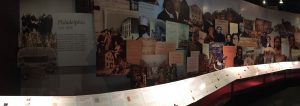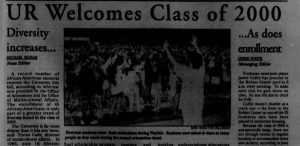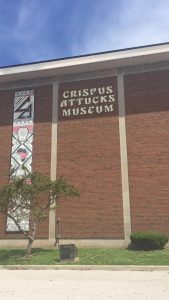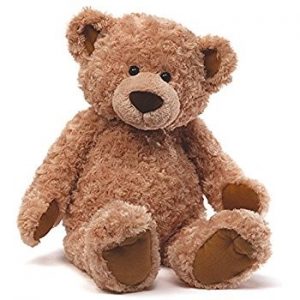We, the Race & Racism at the University of Richmond Project advisory group, write to express our outrage at the violent actions of white supremacist and Nazi groups during a “Unite the Right” rally in Charlottesville this weekend. We condemn the actions that took place in our community in the strongest possible terms. We express our condolences to all those injured and to the family of Heather Heyer, who lost her life in an act of terrorism.
We represent a project drawing together members of the Richmond community, on campus and within the city, attempting to connect archival work at the University to the present-day challenges of building and fostering a more inclusive and equitable community. Our project attempts to recover and honor the stories of people of color and necessarily interrogates systems of oppression that have silenced and demeaned them. By seeking to identify the effects of white supremacy and other acts of racism, past and present, we understand the importance of naming the causes of such violence: white supremacy and racism, as well as sexism, antisemitism, islamophobia, homophobia, transphobia, xenophobia, ableism, and other manifestations of hatred.
Language matters, and we must be courageous enough to name the paralyzing virus of hatred spreading and circulating among us, even when it masquerades as “free speech.” While free speech is a cornerstone of democracy, it is not unlimited and cannot legally or morally be used to incite violence. When white supremacists use “free speech” as a legitimating cover for directing hate speech at our most vulnerable and marginalized citizens, we have an ethical responsibility to denounce it and the physical violence it promotes. As a community, we cannot claim to uphold diversity and inclusivity as a societal and institutional value, whilst turning a blind eye to the symbolic and physical violence inflicted when racist ideologies are protected and allowed to spread under the banner of “free speech.”
The hatred that spurred the violence in Charlottesville is not new, nor is it unique. While we bore witness to the violence this weekend captured in graphic photographs and streamed on the internet, acts of hatred and bigotry occur daily in venues that are not always as visible or as intensely covered by news organizations. The persistence of these acts reflects a climate that has been part of U.S. culture since the nation’s founding. It has historic roots. It must stop.
As educators, we are dedicated to fostering brave spaces where ideas can be shared and debated. This, we believe, is how learning happens – by having the courage to challenge our most cherished world views through rigorous, collective, and respectful inquiry. However, the events of the weekend remind not that “blame” should be shared by “both sides” as President Trump insists on repeating. Rather, such efforts to evenly distribute blame are efforts to tip the scales in favor of white supremacy.
We invite you to join us in standing up against and denouncing racism, white supremacy, and hate. Naming those ideas and actions is an important step toward holding them accountable. And we need to do better. We must do better.
The Race & Racism at UR Project Advisory Group
Julian Hayter, Assistant Professor of Leadership Studies
Patricia Herrera, Associate Professor of Theater & American Studies
Glyn Hughes, Director of Common Ground, Affiliated Faculty, Sociology & Anthropology
Lynda Kachurek, Head of Rare Books & Special Collections, Boatwright Library
Nicole Maurantonio, Associate Professor of Rhetoric & Communication Studies and American Studies, Project Coordinator
Rob Nelson, Director of Digital Scholarship Lab, Affiliated Faculty, American Studies
Bedelia Richards, Associate Professor of Sociology & Anthropology
Irina Rogova, Race & Racism at the University of Richmond Project Archivist




